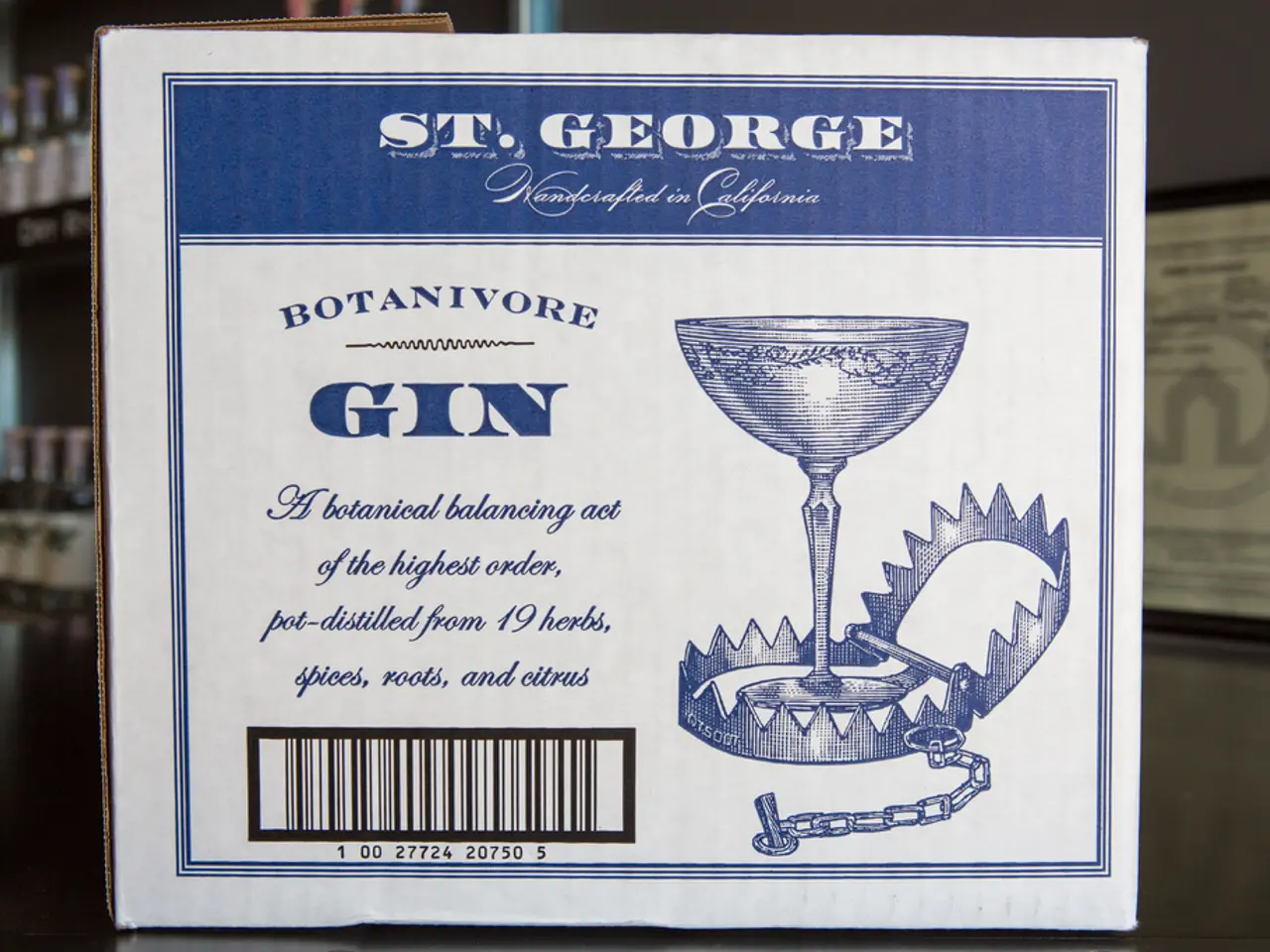Boost Your Studies with Princeton's Cryptocurrency Archive
Exploring History Through Coins: Princeton University's Numismatic Collection
Princeton University's numismatic collection is a treasure trove for undergraduate students interested in humanities research. This vast collection, one of the largest in the United States, hosts over 115,000 items, ranging from ancient Persia to modern America.
The collection offers a unique perspective on history, culture, economics, and art. By studying coins and medals, researchers can delve into historical documents that reveal insights into iconography, religious symbolism, political propaganda, trade routes, and social identities.
For instance, a coin from early-8th century Jerusalem, featuring an Arabic phrase on one side and a menorah on the other, was used for a research paper. This coin, a testament to the rich cultural exchange that occurred in the past, showcases the collection's potential for interdisciplinary research.
To access the numismatic collection, students should first contact the relevant department or library at Princeton University. The Art Museum, Special Collections library, or a specific numismatic research center often curate these collections. Inquiries can be made about access policies for researchers, appointments, or digital catalogs.
The "Junior Paper (JP)" is a valuable resource for students who need help navigating Firestone Special Collections. This collection of research guides provides specific instructions for using various resources in the collection, including the numismatic collection. The guide titled "How and Why to Use Firestone Special Collections" is particularly useful for those new to the process.
Moreover, the Princeton coin collection serves multiple purposes, including classes, exhibitions, and workshops. Students can also find guidance on using the collection for research in the "Junior Paper (JP)". The guide titled "Stumped for Sources at Firestone? No Worries!" offers additional assistance for finding sources in Firestone Special Collections.
The study of coins (numismatics) is relevant to various fields, including art history, economic history, and religion. By integrating numismatic evidence into broader humanities frameworks, researchers can gain a deeper understanding of historical contexts and cultural narratives.
In essence, Princeton's numismatic collection provides a valuable resource for humanities research. By accessing and studying coins and medals as primary sources, researchers can illuminate various historical, cultural, and social dimensions, supported by institutional access and interdisciplinary methods.
- A student exploring technology-based education-and-self-development might find the Junior Paper (JP) particularly useful when navigating Princeton University's Firestone Special Collections, such as the numismatic collection.
- Incorporating the study of junior paper with Princeton's extensive coin collection offers a unique opportunity for students to delve into the intersection of humanities, art, economics, and technology by investigating historical, cultural, and social aspects using numismatic evidence.




